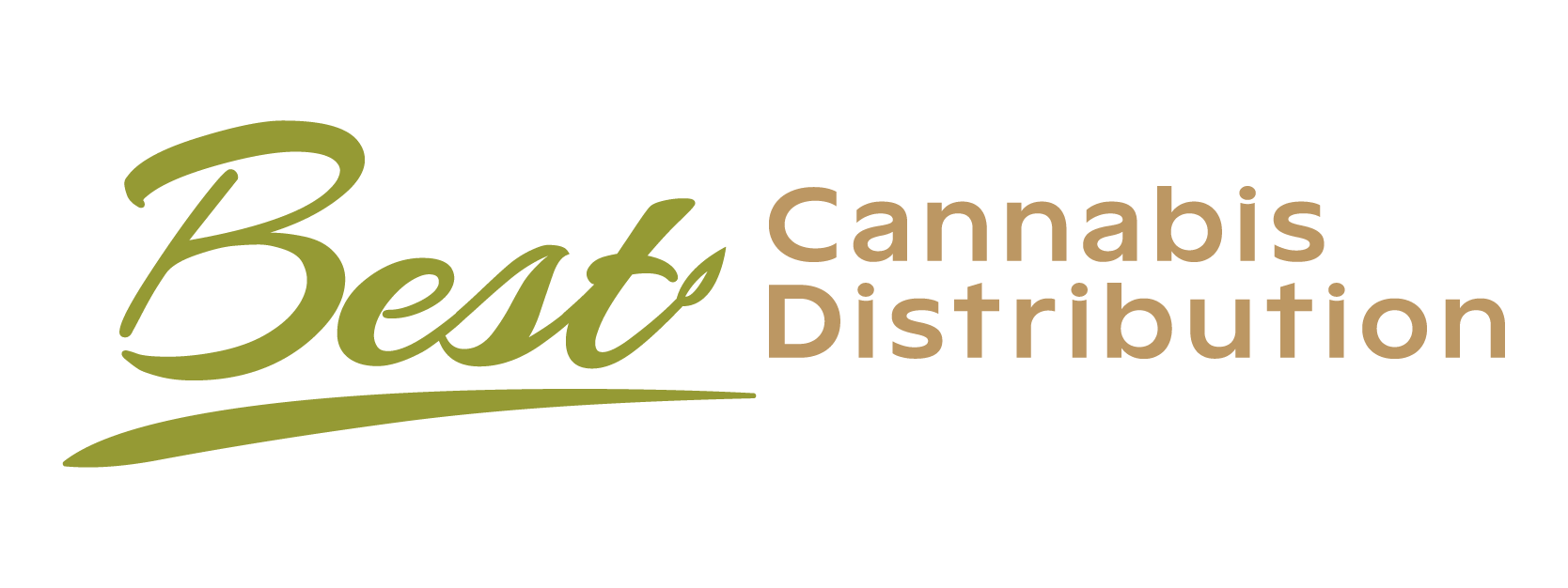Growing complexity in cannabis operations pushes businesses to rethink how they organize production and distribution. Two predominant models have emerged: vertical integration and third-party distribution. Each offers distinct advantages and challenges, influencing profitability, compliance, and scalability.
Vertical Integration: Control from Seed to Sale
Vertical integration involves a single company overseeing multiple stages of the cannabis supply chain, from cultivation and processing to distribution and retail. This model offers several benefits:
- Enhanced Profit Margins: By eliminating intermediaries, companies can retain profits that would otherwise go to third parties.
- Streamlined Operations: Controlling the entire supply chain allows for improved coordination, reducing delays and inefficiencies.
- Quality Assurance: With oversight at each stage, businesses can maintain consistent product quality and ensure compliance with regulations.
However, vertical integration also presents challenges:
- High Capital Requirements: Establishing operations across all supply chain stages demands significant investment.
- Operational Complexity: Managing diverse operations requires expertise in various domains, from agriculture to retail.
- Regulatory Variability: Some states mandate vertical integration, while others prohibit it, complicating multi-state operations.
Read More: Understanding Seed-to-Sale: The Backbone of Cannabis Distribution Compliance
Third-Party Distribution: Flexibility and Specialization
Alternatively, businesses can focus on specific segments of the supply chain, partnering with third-party distributors for other functions. This model offers:
- Lower Entry Barriers: Outsourcing distribution reduces the need for substantial capital investment.
- Operational Focus: Companies can concentrate on their core competencies, such as cultivation or product development.
- Scalability: Third-party distributors often have established networks, facilitating market expansion.
Yet, this approach has its drawbacks:
- Reduced Control: Relying on external partners can lead to inconsistencies in product handling and customer experience.
- Potential for Misalignment: Third-party objectives may not always align with the brand’s vision, affecting service quality.
- Compliance Risks: Ensuring that partners adhere to regulatory standards requires diligent oversight.
Choosing the Right Model
The decision between vertical integration and third-party distribution hinges on various factors:
- Business Goals: Companies aiming for complete control and brand consistency may prefer vertical integration.
- Resource Availability: Firms with limited capital might opt for third-party partnerships to minimize upfront costs.
- Regulatory Environment: Understanding state-specific laws is crucial, as regulations can dictate permissible operational models.
In conclusion, both vertical integration and third-party distribution have their merits and challenges. Businesses must assess their objectives, resources, and regulatory landscapes to determine the most suitable approach for their operations.

